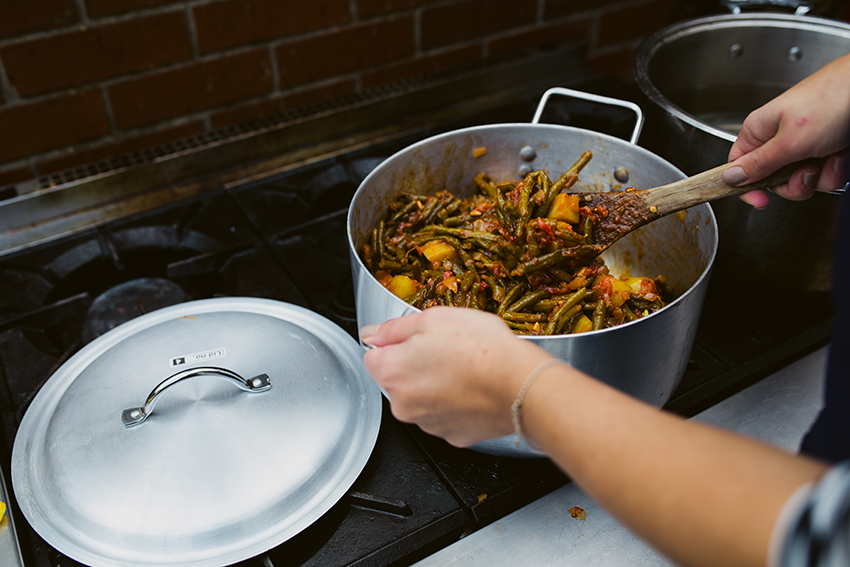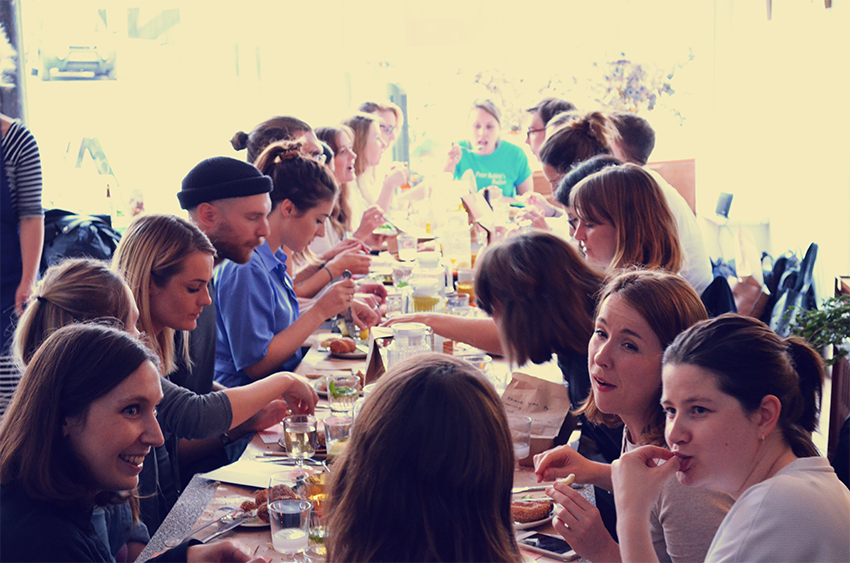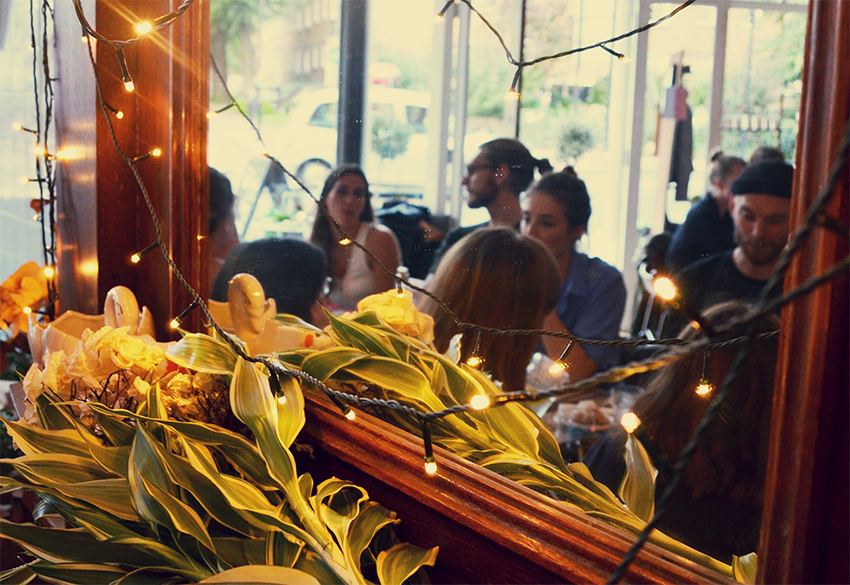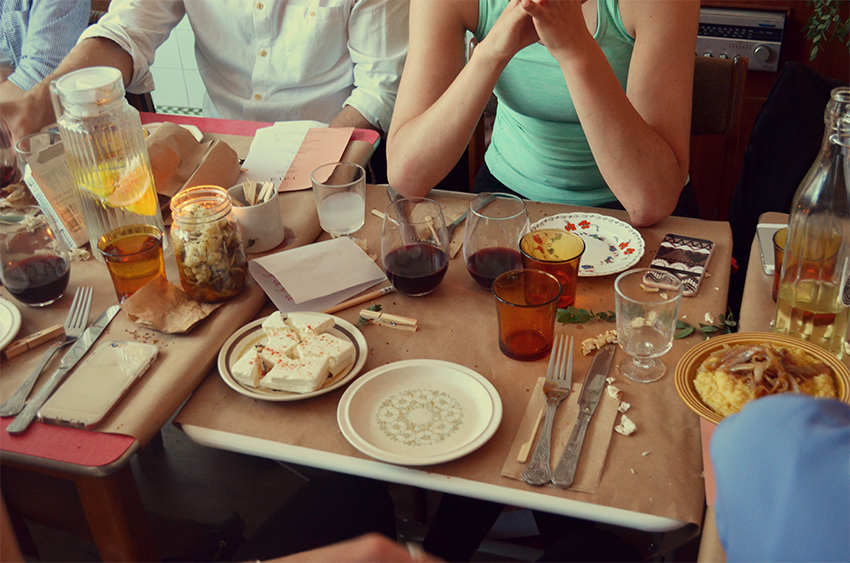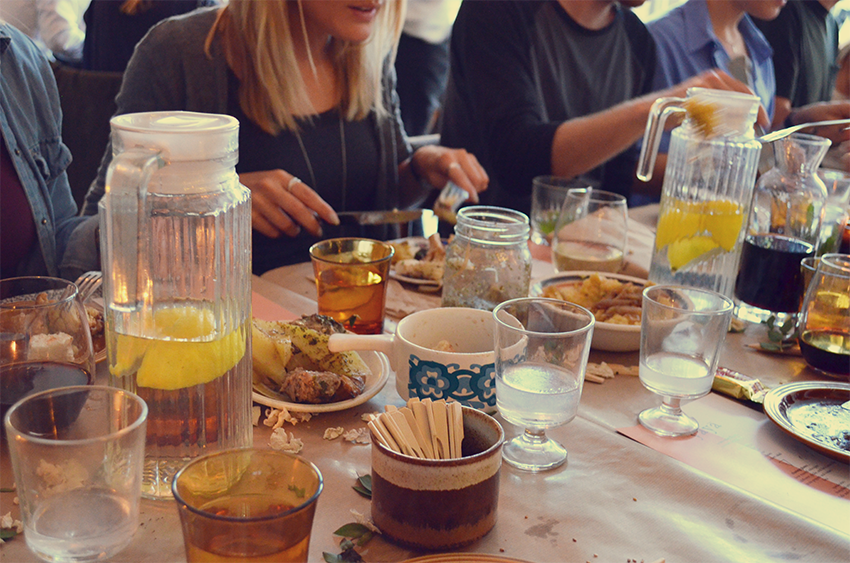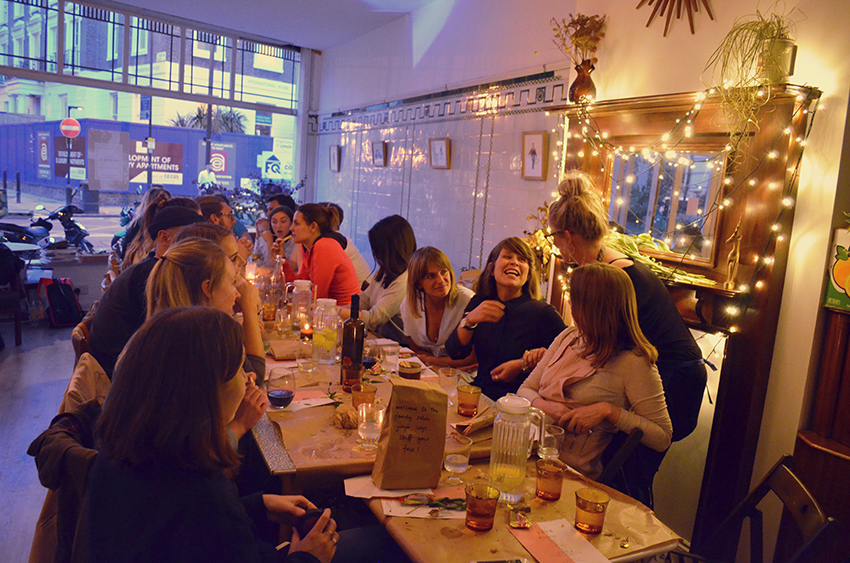On a recent trip to Greece it suddenly dawned on me that I’ve never seen a chopping board in my yaya’s house. How is this possible? And then I remembered, she cuts everything in her hand. Holding the vegetable—say, a potato—like a cricket ball towards the body, and deftly cutting wedges. I went on to think about other vegetables, and they’re all done in the hand: grated, sliced or trimmed.
It’s such a unique thing that it made me question where this came from, and why.
It seems to me to reflect a connection with the origins of the cuisine in the home cook, rather than the professional chef. Rustic and imperfect.
But back to the chopping board. Historically there has been a dominance of French food on what is considered conventional and even good food. I think this goes back to the legendary Georges Auguste Escoffier, a French-born chef, restaurateur and food writer who popularised the cuisine nearly 100 years ago (who in turn was influenced by Marie-Antoine Carême, a Royal chef in France and chef de cuisine for the flamboyant Prince Regent in the 1860s). It is Escoffier who introduced à la carte, as well as the now common military-style set up of the professional kitchen. His influence on the palate of the public still resonates loudly today, even with the changing tides of nouvelle cuisine or street food and sharing plates.
Escoffier-led French cuisine lends itself to beautifully ornate and extravagantly designed plates of food. It’s professional food, elevated to the heavens. Greek food is simple—maybe slow cooked—and not often that visually attractive. Which perhaps explains some of the resistance to it (and let’s not forget that stodgy moussaka from the 70s—oh the damage that moussaka has done). French cuisine also professionalised and standardised cooking techniques. The food might not completely dominate anymore, but certain habits and techniques do—in the professional kitchen or at home. If you’re to make a meal at home, you get the chopping board out, a knife, and dice the onion, finely chop the garlic, slice the carrots etc etc.
In Greece vegetables are treated differently, using texture to create flavour. Let’s start with onion. You should grate onion, not chop. Diced onion creates a completely different flavour-base to grated onion. Grated onion lends itself to slow cooking, melting away in a pan with olive oil. You can squeeze out a lot of the liquid (and a lot is produced if you grate an onion!), and some of the sharpness goes. I remember my Great Aunt Sofia—famously one of the best cooks in our family—would even grate the onion into a bowl of water and then squeeze it out before adding to a pan. I wonder if this eccentric or quirky preparation of vegetables is connected to the fact that many people in that area of Greece grew (and still grow) their own vegetables. Everyone has a ‘katanomi’, or an allotment. Being a poor country meant being self-reliant. Vegetables grown in the garden can be tough, bitter, sour, and you need to be able to respond to what nature gives you. Take a cucumber for example. In the UK you buy a cucumber and just eat it as is. In Greece, you might peel alternating strips of the skin as it can be quite tough. This connection to the land affects the cuisine.
This is even demonstrated in the names you might give the different cutting styles. If you are cutting potatoes into wedges, you cut them ‘kidonates’ or cut like a quince. It’s important that they’re a bit wonky—the thin bits get crispy in the oven while the thicker bits soak up the oil and lemon that they’re inevitably roasted in. To do this it’s important to use a small paring knife, and definitely no chopping board.
Tomatoes won’t be chopped for a sauce, but grated. When you have the amazing tomatoes available in Greece why do anything else? It’s an easy way to get rid of the skin, and leaves you with as much of the juicy pulp as possible to make into one of the many unctuous tomato sauces used in Greek cuisine (for papoutsaki, imam bayildi, youvetsi, gemista, I could go on…). My yaya would also sieve this pulp to make her famous concentrated tomato puree. Making tzatziki? Don’t mince or chop the garlic, always grate it.
You wouldn’t grate tomatoes for the famous Greek salad of course—but notice that your tomato pieces will always be wonky when you eat a salad in a local taverna in Greece. The difference in texture and the lack of symmetry gives the dish a different rhythm.
To me, this technique of clutching your vegetables close to you and deftly hand-cutting vegetables demonstrates the prominence of home-style cooking in Greek cuisine. It’s about using intuition and using your ‘mati’ or eye rather than a fixed recipe. It is not haute cuisine. It comes from the field, the farm, the sea, the home.
And it is in the imperfections that you get the tastiest morsels. Who needs perfection when you’ve got the slightly burnt crunch of a thin piece of roasted potato stuck to the pan, a mouthful of chunky tomato and unevenly sliced green peppers with hand-crumbled feta, or an oozy aubergine bursting at the seams with rich tomato sauce. Achieving great flavour and taste can be mysterious, and not easily classified. Embrace the wonky.
Further reading
I struggled to find much written on the subject (maybe a sign that I shouldn’t have embarked on this ha!). But I did very much enjoy this piece by NPR about the affect the cut has on flavour, perhaps you might too: http://www.npr.org/sections/thesalt/2016/07/11/485235765/slice-dice-chop-or-julienne-does-the-cut-change-the-flavor
























